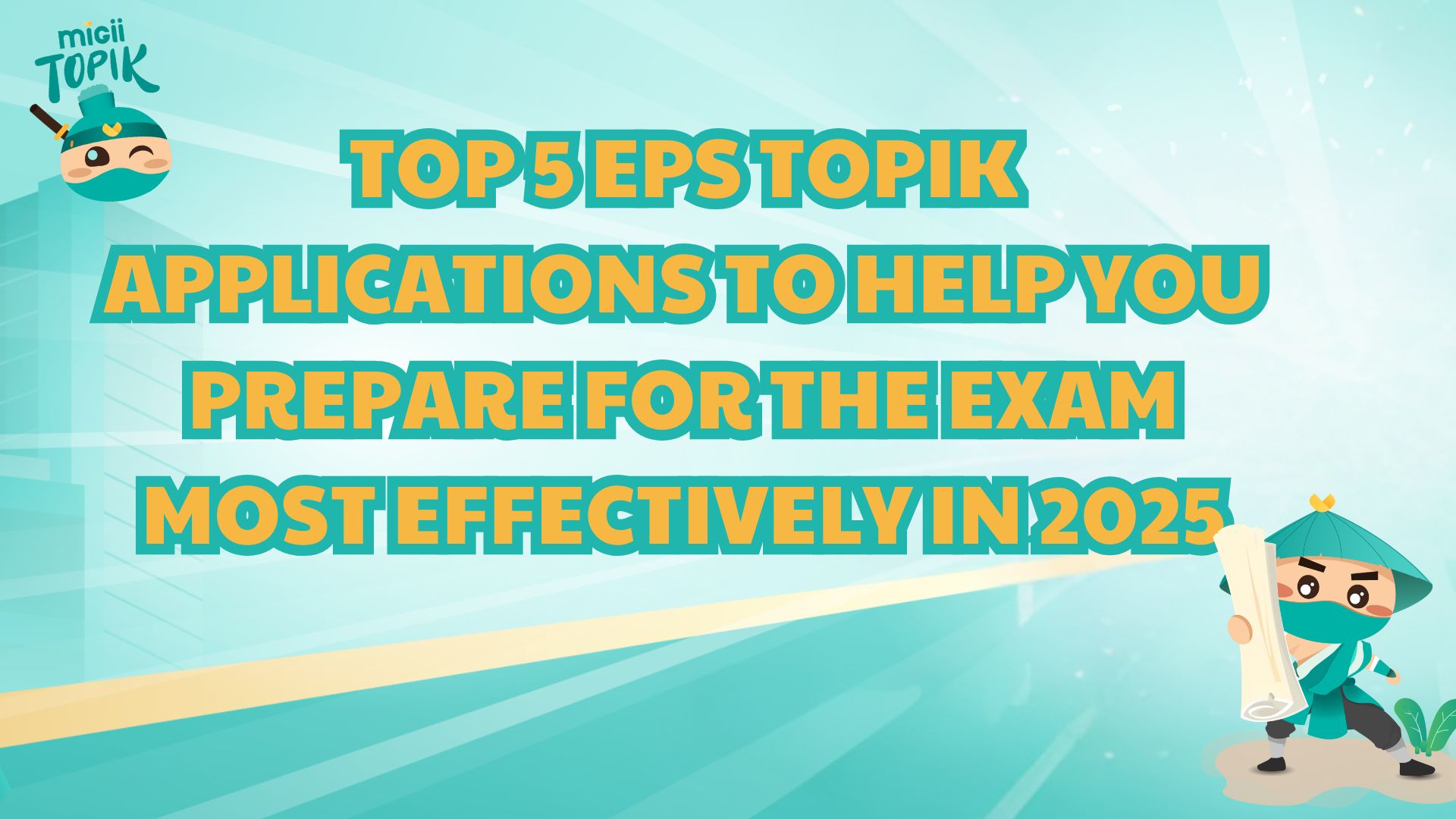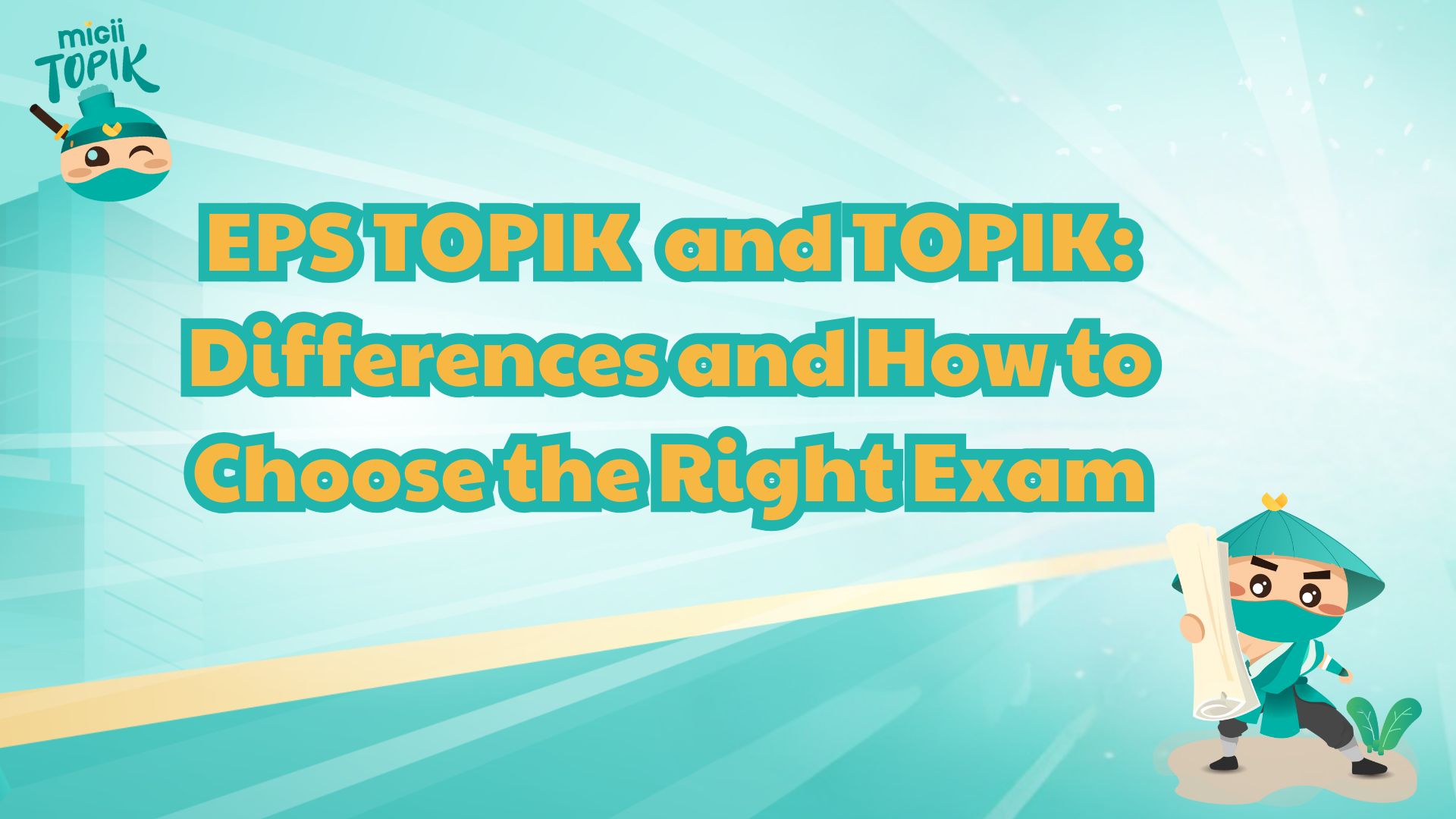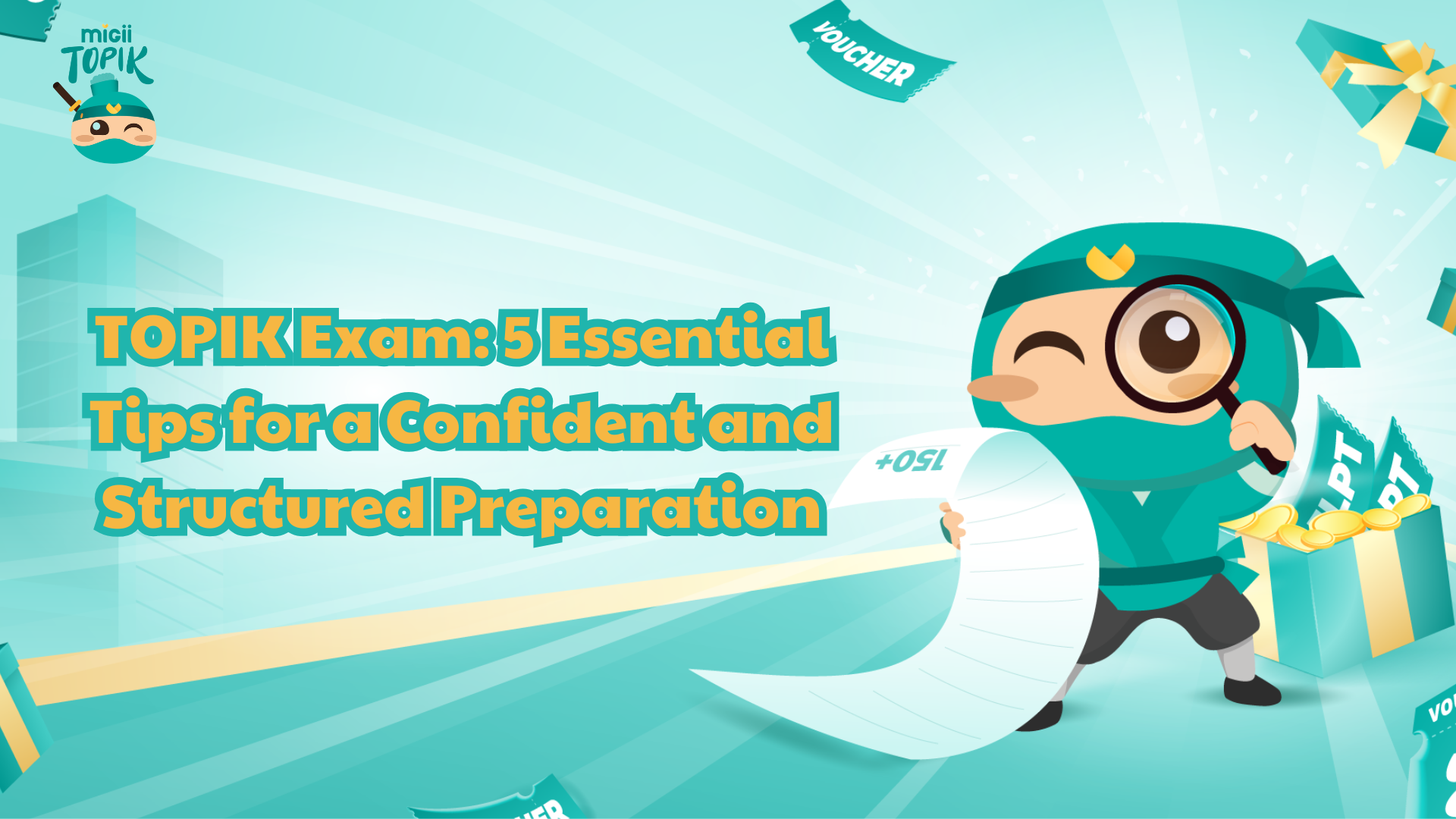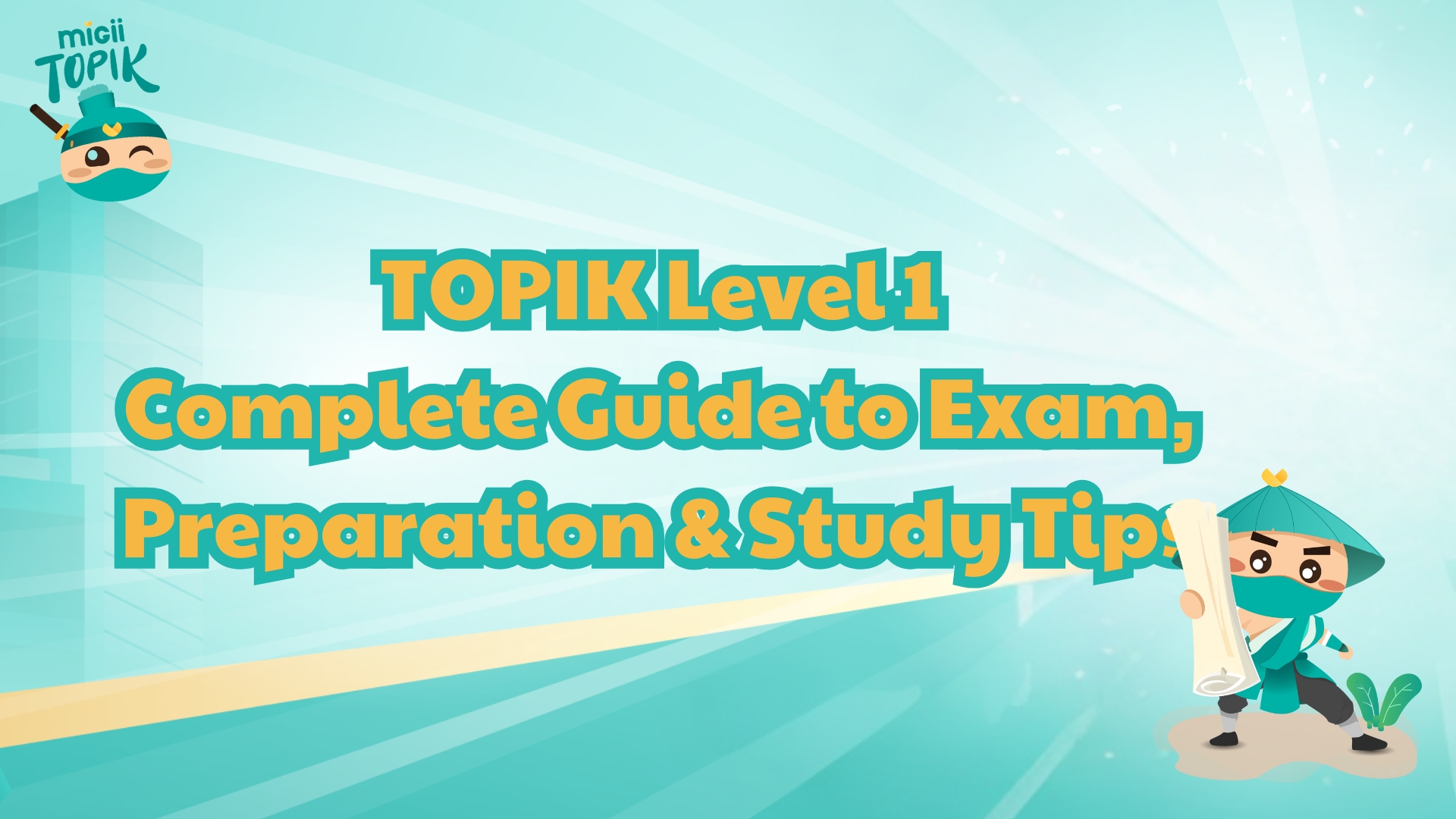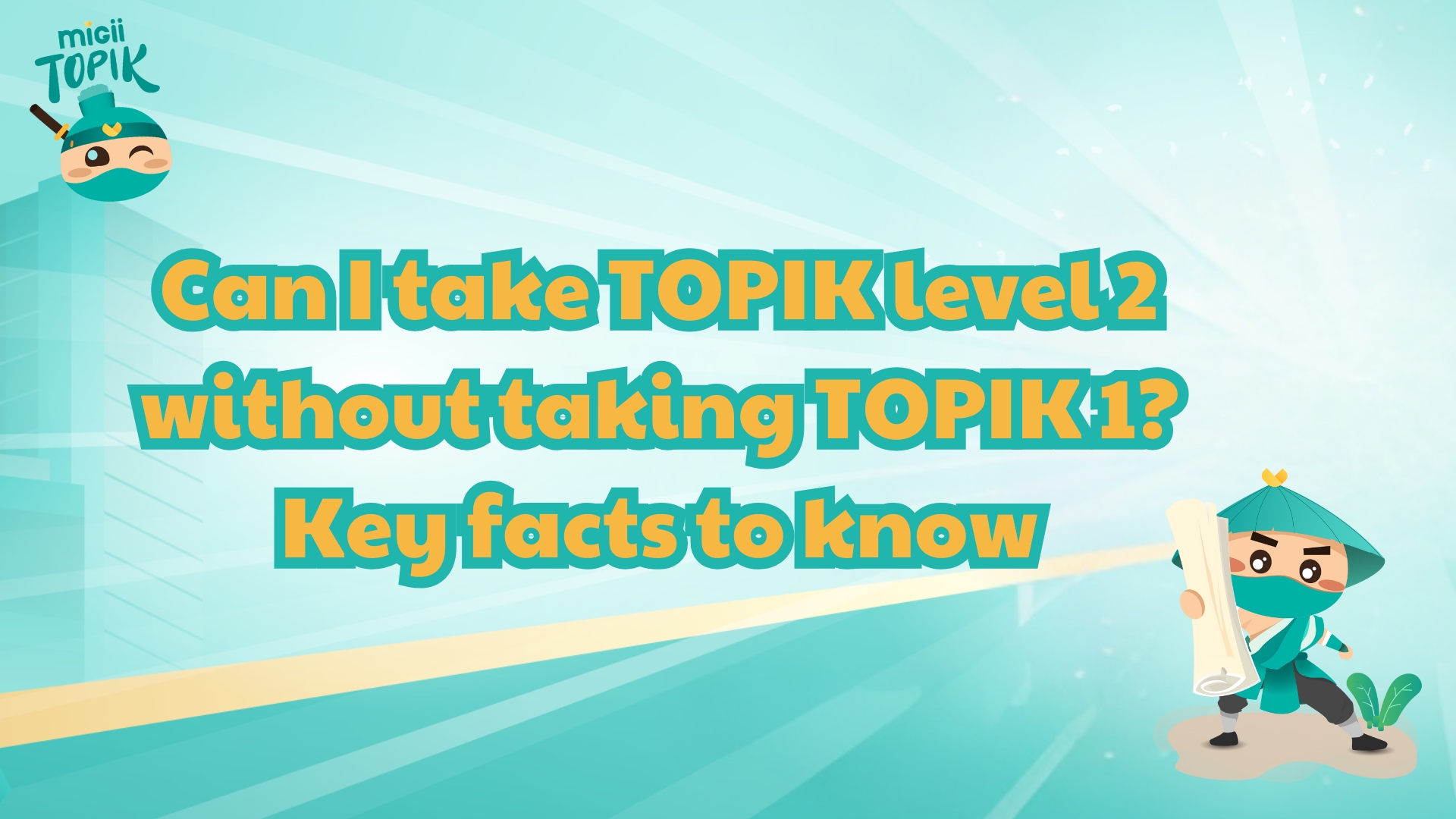Mastering JLPT N1 Reading Comprehension is essential for achieving top scores in the highest level of the Japanese Language Proficiency Test. This detailed study guide breaks down the structure of the reading section, explains each question type, and provides practical strategies and book recommendations to help learners improve their reading skills, understand complex texts, and succeed in the exam with confidence.
Overview and Structure of JLPT N1 Reading Comprehension
The Reading Comprehension section of JLPT N1 is considered one of the most difficult parts of the exam, consisting of 22–26 multiple-choice questions. It is divided into six categories, each testing specific skills in understanding Japanese texts.
- Short Passages (内容理解 – 短文): There are 4 short passages, each around 200 characters, with 4 questions in total. These passages mainly ask about the author’s opinions, viewpoints, or actions. Candidates need to quickly grasp the main idea and select the answer that best reflects the author’s intent.
- Medium Passages (内容理解 – 中文): This category includes 3 - 4 passages of approximately 500 characters each, with 8–9 questions. These passages test comprehension of the author’s attitudes and viewpoints, requiring careful reading to understand subtle nuances.
- Long Passage (内容理解 – 長文): One long passage of about 1000 characters, with 3 - 4 questions. This type demands deeper analysis, requiring candidates to follow complex arguments and understand the overall message.
- Integrated Reading (統合理解): Consists of 2 passages, each around 300 characters, with 2 - 3 questions. The texts are related, and questions usually ask candidates to compare and contrast information between the passages. Analytical skills are key here.
- Argumentative Passage (主張理解 – 長文): One passage of approximately 1000 characters, with 3 - 4 questions. These passages present logical arguments, requiring candidates to understand the author’s reasoning and main claims.
- Information Retrieval (情報検索): One passage of about 700 characters, with 2 questions. This type simulates practical reading, asking candidates to find specific information in leaflets, posters, or magazines efficiently
Overview of JLPT N1 Reading types and question structures for exam preparation
Recommended Books for JLPT N1 Reading Comprehension
To excel in JLPT N1 Reading Comprehension, using the right study materials is crucial. Migii recommends books that provide a variety of passages, practice questions, and strategies to help learners improve comprehension, expand vocabulary, and master advanced grammar.
Shinkanzen Master – Reading
Shinkanzen Master – Reading is highly recommended for learners preparing for the JLPT N1, especially for mastering reading comprehension. It provides structured lessons and varied exercises that help learners become familiar with different types of passages.
- Clear structure divided into sections focusing on specific skills or question types
- Diverse content including short passages, charts, and various reading formats
- Extensive exercises with multiple question types for exam practice
- Detailed answer explanations with step-by-step guidanc
- Visual aids with symbols and charts to highlight important points
- Mostly in Japanese to encourage immersion and enhance reading focus
Shinkanzen Master provides structured lessons and exercises to improve N1 reading skills
Link download:
Nihongo Sou Matome JLPT N1: Reading Comprehension
Nihongo Sou Matome N1 Reading aligns closely with the actual exam format, offering structured exercises that develop key comprehension skills. Its study schedule allows learners to progress daily and consolidate knowledge effectively.
- Follows the N1 exam format closely
- Develops skills in locating information, identifying main ideas, keywords, and grammar usage
- Daily study plan with one lesson per day and weekly review sessions
Link download:
https://drive.google.com/file/d/12SORIapG80oBzb_sXbdOSlbdnUEokkEZ/preview
New Japanese-Language Proficiency Test Model Paper N1 Reading
This book simulates real N1 reading exams, offering a range of passages from logical essays to critiques and narratives. It is ideal for learners who want to improve comprehension of complex texts and refine logical reasoning skills.
- Broad range of topics including abstract and complex subjects
- Practice with advanced vocabulary and grammar, including kanji usage
- Variety of passage types such as short, medium, long, integrated, and information retrieval
- Focus on logical reasoning and understanding the author’s intent
Book offers realistic exam practice with diverse passages
55 Reading Comprehension Tests for JLPT N1
This book contains 55 practice reading passages and grammar exercises, perfect for learners seeking extensive practice at the N1 level. It helps users simulate real test conditions and improve reading speed and accuracy.
- 55 reading passages with grammar exercises
- Realistic exam simulation
- Detailed answer explanations for self-review
3000 Essential Vocabulary for the JLPT N1
This vocabulary book is designed to strengthen learners’ knowledge of essential N1 words and phrases. The thematic organization allows focused learning on relevant topics for reading comprehension.
- 3,000 essential words and phrases categorized by topic
- Includes word type, English/Vietnamese meanings, and example sentences
- Revision tools with marking system, chapter divisions, and red-page review
This book builds core vocabulary with thematic organization and practical examples
Strategies for Practicing JLPT N1 Reading Comprehension
Preparing for the JLPT N1 reading section requires clear strategies to tackle complex texts, improve comprehension, and manage time efficiently. Without a structured approach, it’s easy to get lost in long passages or struggle with abstract topics. By applying practical methods, learners can build reading speed, sharpen analytical skills, and gain confidence before the exam.
Speed Reading and Accurate Understanding
Skimming is one of the most effective strategies for speed reading. It allows you to quickly capture the main idea of a passage without being distracted by minor details. Practice by reading short texts and writing a brief summary of each paragraph in one sentence. This trains your brain to identify central points quickly.
Scanning complements skimming by helping you locate specific details such as numbers, dates, or names. Time yourself while searching for answers in practice passages to simulate exam conditions. The combination of skimming and scanning improves efficiency and reduces the likelihood of missing critical information during the test.
Regular practice of both skimming and scanning enhances reading speed while maintaining comprehension. It teaches you to prioritize key information and ignore irrelevant details, a skill essential for managing the time pressure in the JLPT N1 reading section.
Skimming and scanning techniques to boost speed and accuracy in N1 reading
Improving Vocabulary and Grammar
A broad vocabulary is essential for understanding complex N1 texts. Focus on learning words by topic, such as business, society, and daily life, to make your study organized and practical. Using flashcards or spaced repetition apps helps reinforce memory and improve retention over time.
Reviewing advanced grammar patterns is equally important. Pay attention to how sentence structures and grammar usage affect meaning. When reading passages, highlight unfamiliar expressions and consult grammar references to understand their function fully.
Integrating vocabulary and grammar practice ensures that you can recognize words and structures naturally in context. This approach not only improves comprehension but also allows you to read passages faster and answer questions more accurately.
Practicing with Mock Tests
Mock tests simulate real exam conditions, helping you develop stamina and test-taking strategies. Set a timer and complete full reading sections as if you were taking the actual JLPT N1 exam. This builds familiarity with exam format, pacing, and question types.
After each mock test, carefully review every mistake. Understand why each answer is correct or incorrect, and identify patterns in your weak areas. This reflection allows you to adjust strategies and focus on sections where improvement is needed most.
Consistent mock test practice strengthens both speed and accuracy while reducing exam anxiety. Over time, it helps you develop a strategic approach for tackling different passage types, ensuring better performance on the actual test.
Practicing with mock tests builds exam stamina, accuracy, and effective N1 reading strategies
Ready to boost your reading comprehension? Download full JLPT N1 practice tests from Migii and start practicing today.
Link download:
https://drive.google.com/drive/folders/1_C_AfyNYVuxeV1Q2AGf1pi9qRvz_9dYx?usp=drive_link
Conclusion
JLPT N1 Reading Comprehension can be challenging, but with consistent practice and smart strategies, you can improve both speed and accuracy. Building vocabulary, reviewing grammar, and practicing mock tests are key steps. Structured learning helps you gain confidence and master different question types. Check out Migii for tips, exercises, and guidance to boost your reading skills.



